Home>Articles>How To Tell If There Is A Good Seal On An Electric Pressure Cooker
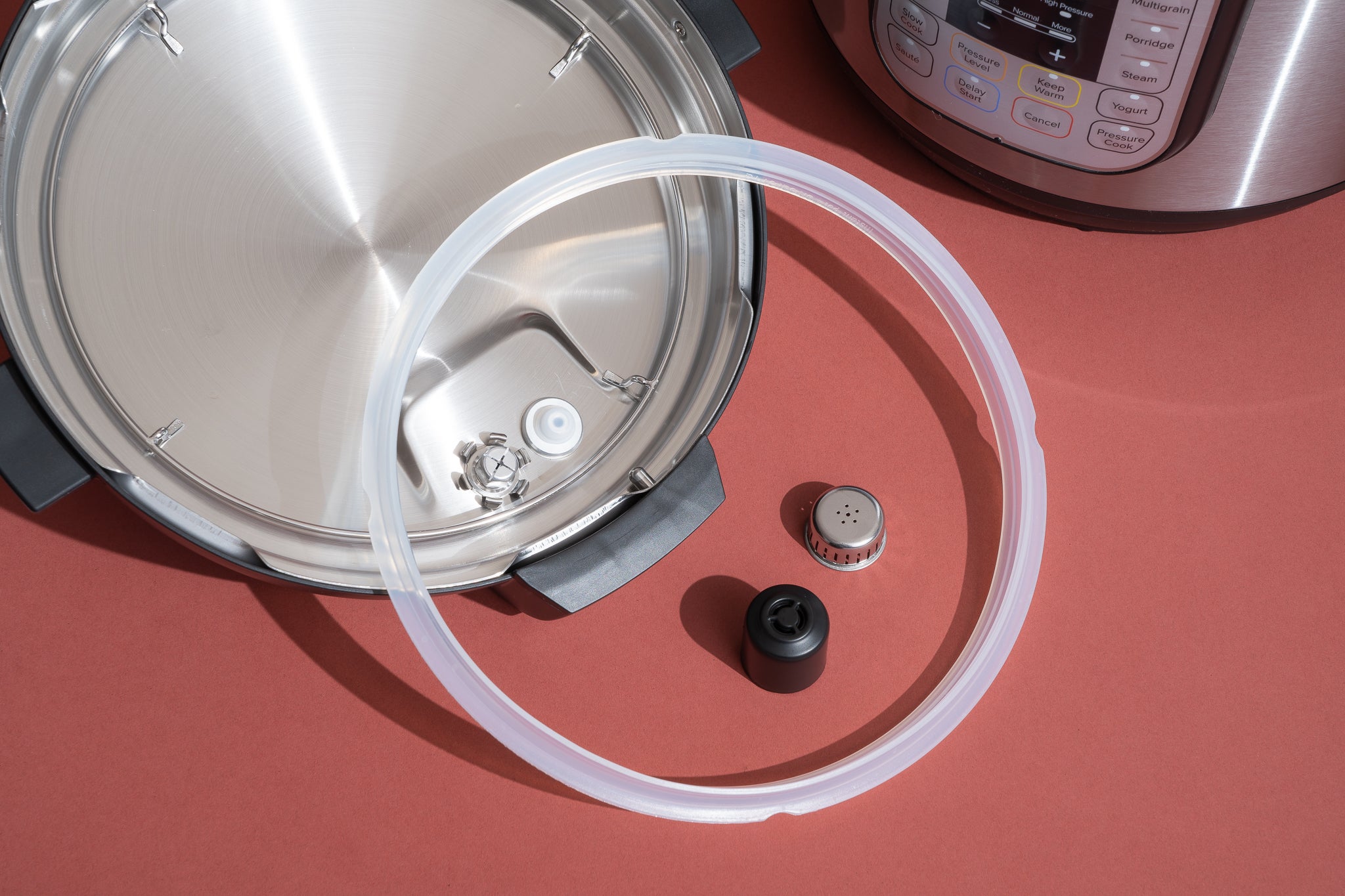

Articles
How To Tell If There Is A Good Seal On An Electric Pressure Cooker
Modified: December 6, 2023
Learn how to easily determine if there is a quality seal on your electric pressure cooker with these informative articles.
(Many of the links in this article redirect to a specific reviewed product. Your purchase of these products through affiliate links helps to generate commission for Storables.com, at no extra cost. Learn more)
Introduction
An electric pressure cooker is a versatile cooking appliance that allows you to prepare a wide range of recipes quickly and conveniently. One of the key factors that contribute to the successful and efficient operation of an electric pressure cooker is a good seal. A proper seal ensures that the steam and pressure are contained within the cooker, allowing the food to cook evenly and locking in the flavors and nutrients.
However, over time, the seal on an electric pressure cooker may wear out or become damaged, compromising its performance. It’s essential to be able to identify if there is a good seal on your electric pressure cooker to ensure safe and effective cooking results. In this article, we will discuss various methods to determine the quality of the seal on an electric pressure cooker.
Key Takeaways:
- Ensure a tight seal on your electric pressure cooker by visually inspecting the sealing ring and lid. Regular maintenance and replacement when necessary will lead to safe and flavorful cooking results.
- Conduct a water test and listen for audible signals to check for steam leakage, ensuring optimal performance and safety of your electric pressure cooker. Regular inspection and maintenance are key to enjoying perfectly cooked meals.
Understanding the Importance of a Good Seal
A good seal on an electric pressure cooker is crucial for several reasons. Firstly, it ensures that the pressure and steam can build up inside the cooker, which is necessary for proper and efficient cooking. Without a tight seal, the pressure will escape, resulting in longer cooking times and potentially undercooked food.
Secondly, a good seal helps to maintain the desired temperature inside the pressure cooker. The high pressure and heat generated during the cooking process help to tenderize tough cuts of meat, cook grains faster, and infuse flavors into the food. Any leakage or loss of pressure can impede these processes, leading to less than satisfactory results.
Furthermore, a proper seal traps the flavors and aromas within the pressure cooker. This helps in creating more flavorful meals and retaining the natural juices of the ingredients. If the seal is compromised, the flavors may escape, resulting in less tasty meals.
Finally, a good seal ensures safety during the cooking process. The sealed compartment prevents steam from escaping and reduces the risk of burns and accidents. It is essential to pay attention to the condition of the seal to prevent any potential hazards or accidents that may occur due to a faulty or ineffective seal.
Now that we understand the importance of a good seal, let’s explore various methods to determine if there is a good seal on your electric pressure cooker.
Visual Inspection of the Seal
One of the simplest ways to check the condition of the seal on your electric pressure cooker is through a visual inspection. Start by carefully examining the sealing ring, also known as the gasket, which is usually made of rubber or silicone. Look for any signs of wear and tear, such as cracks, tears, or deformation. If you notice any damage, it’s a clear indication that the seal needs to be replaced.
Additionally, check for any debris or food particles stuck on the seal. Clean it thoroughly using warm soapy water and a soft brush or cloth. It’s important to keep the seal clean and free from any residue to ensure an airtight and efficient seal.
Inspect the lid of the pressure cooker as well. Look for any damage or deformation that may prevent the lid from closing tightly. Make sure that the locking mechanism functions properly and securely holds the lid in place when the cooker is pressurized.
Regular visual inspections are essential to identify any signs of wear and tear on the seal and ensure that it is in good condition. If you notice any significant damage or deterioration, it is advisable to replace the seal to maintain the optimal performance of your electric pressure cooker.
Next, let’s move on to conducting a water test to further assess the seal of your electric pressure cooker.
Conducting a Water Test
A water test is a straightforward yet effective method to determine if there is a good seal on your electric pressure cooker. Here’s how you can conduct a water test:
- Ensure that the sealing ring is properly installed on the lid of the pressure cooker. Make sure there are no twists or gaps in the ring.
- Fill the pressure cooker with water, about halfway full. Avoid exceeding the maximum fill line mentioned in the manufacturer’s instructions.
- Close the lid of the pressure cooker securely, ensuring that it is properly aligned.
- Select a suitable cooking program for the water test, such as the “Steam” or “Manual” mode, and set the cooking time for a few minutes.
- Let the pressure cooker heat up until it reaches the cooking pressure. You may notice steam escaping from the pressure release valve, which is normal.
- Once the pressure is reached, observe the pressure release valve and the surrounding areas for any signs of steam leakage.
If there is no visible steam escaping from the pressure cooker during the water test, it indicates a good seal. However, if you notice steam leaking from around the lid or the pressure release valve, it suggests a faulty seal that needs attention.
Remember to follow the manufacturer’s instructions when conducting the water test, as the process may vary depending on the specific model of your electric pressure cooker.
Now that we’ve covered the water test, let’s move on to listening for audible signals to assess the seal of your electric pressure cooker.
After closing the lid of the electric pressure cooker, check if the pressure valve is in the sealed position. Also, look for any steam escaping around the edges of the lid. If there is no steam and the valve is sealed, then you have a good seal.
Listening for Audible Signals
Another method to determine if there is a good seal on your electric pressure cooker is by listening for audible signals during the cooking process. Here’s how you can do it:
- Ensure that the pressure cooker is properly assembled, with the sealing ring in place and the lid securely closed.
- Select a cooking program and set the desired cooking time.
- As the pressure cooker heats up and reaches the desired cooking pressure, you will often hear a hissing or whistling sound. This sound indicates that the pressure is building up inside the cooker and that a good seal has been achieved.
- Once the cooking time is complete and you turn off the pressure cooker, you may hear a slight release of steam or a gentle “hiss” as the pressure is gradually released.
If you hear a consistent hissing or whistling sound throughout the cooking process, it could indicate that there is an issue with the seal. It’s essential to investigate further and address any potential concerns.
However, it is important to note that some electric pressure cookers are designed to release steam intermittently to maintain the desired pressure. In such cases, it is normal to hear occasional hissing sounds. Therefore, it is important to refer to the manufacturer’s instructions and understand the typical operating sounds of your specific electric pressure cooker.
Now, let’s move on to our final method of checking for steam leakage.
Checking for Steam Leakage
Checking for steam leakage is another effective way to assess the seal on your electric pressure cooker. Here’s how you can do it:
- Ensure that the pressure cooker is assembled correctly, with the sealing ring properly in place and the lid securely closed.
- Start the cooking process as usual, selecting a suitable cooking program and setting the desired cooking time.
- As the pressure builds up inside the cooker, carefully inspect the area around the lid, especially the edges and the pressure release valve, for any signs of steam leakage.
- If you notice steam escaping from these areas, it indicates a faulty seal that needs attention.
- Additionally, you can run your hand around the edges of the lid to feel for any noticeable heat or steam. Be cautious and avoid touching any hot surfaces.
If there is no visible steam or heat escaping from the lid or the pressure release valve during the cooking process, it signifies a good seal. However, if you detect any steam leakage or feel excessive heat, it suggests a potential issue with the seal that requires further investigation.
In some cases, minor adjustments may be sufficient to fix the seal. For example, ensuring that the sealing ring is properly aligned and seated, or tightening the pressure release valve if it is loose. However, if the seal is severely damaged or the leakage persists, it is advisable to replace the seal to ensure optimal performance and safety of your electric pressure cooker.
Now that we have explored various methods to determine the quality of the seal on an electric pressure cooker, let’s wrap up the article.
Conclusion
Having a good seal on an electric pressure cooker is essential for safe and efficient cooking results. A proper seal allows the pressure and steam to build up inside the cooker, maintains the desired temperature, and locks in the flavors and aromas of the ingredients.
To determine if there is a good seal on your electric pressure cooker, you can start with a visual inspection of the sealing ring and the lid. Look for any signs of damage or deformation and ensure that the seal is clean and free from any debris.
Conducting a water test is another effective method. Fill the pressure cooker with water, close the lid tightly, and observe for any steam leakage during the cooking process. If there is no visible steam escaping, it indicates a good seal. However, if steam is detected around the lid or the pressure release valve, it suggests a faulty seal.
Listening for audible signals can also help assess the seal. A hissing or whistling sound indicates that a good seal has been achieved, while consistent hissing may indicate a problem with the seal.
Checking for steam leakage is another important step. Inspect the lid and the pressure release valve for any signs of steam escaping. If steam leakage is observed, it indicates a potential issue with the seal.
Regular inspection and maintenance of the seal are crucial to ensure the optimal performance and safety of your electric pressure cooker. If you notice significant damage or persistent leakage, it is advisable to replace the seal to maintain the efficiency and effectiveness of your cooking appliance.
By following these methods and taking necessary steps to maintain a good seal, you can enjoy delicious and perfectly cooked meals with your electric pressure cooker. Remember to always refer to the manufacturer’s instructions for specific guidelines and recommendations regarding seal inspection and replacement.
So, take the time to check the seal on your electric pressure cooker and ensure that it is in good condition. Happy cooking!
Frequently Asked Questions about How To Tell If There Is A Good Seal On An Electric Pressure Cooker
Was this page helpful?
At Storables.com, we guarantee accurate and reliable information. Our content, validated by Expert Board Contributors, is crafted following stringent Editorial Policies. We're committed to providing you with well-researched, expert-backed insights for all your informational needs.
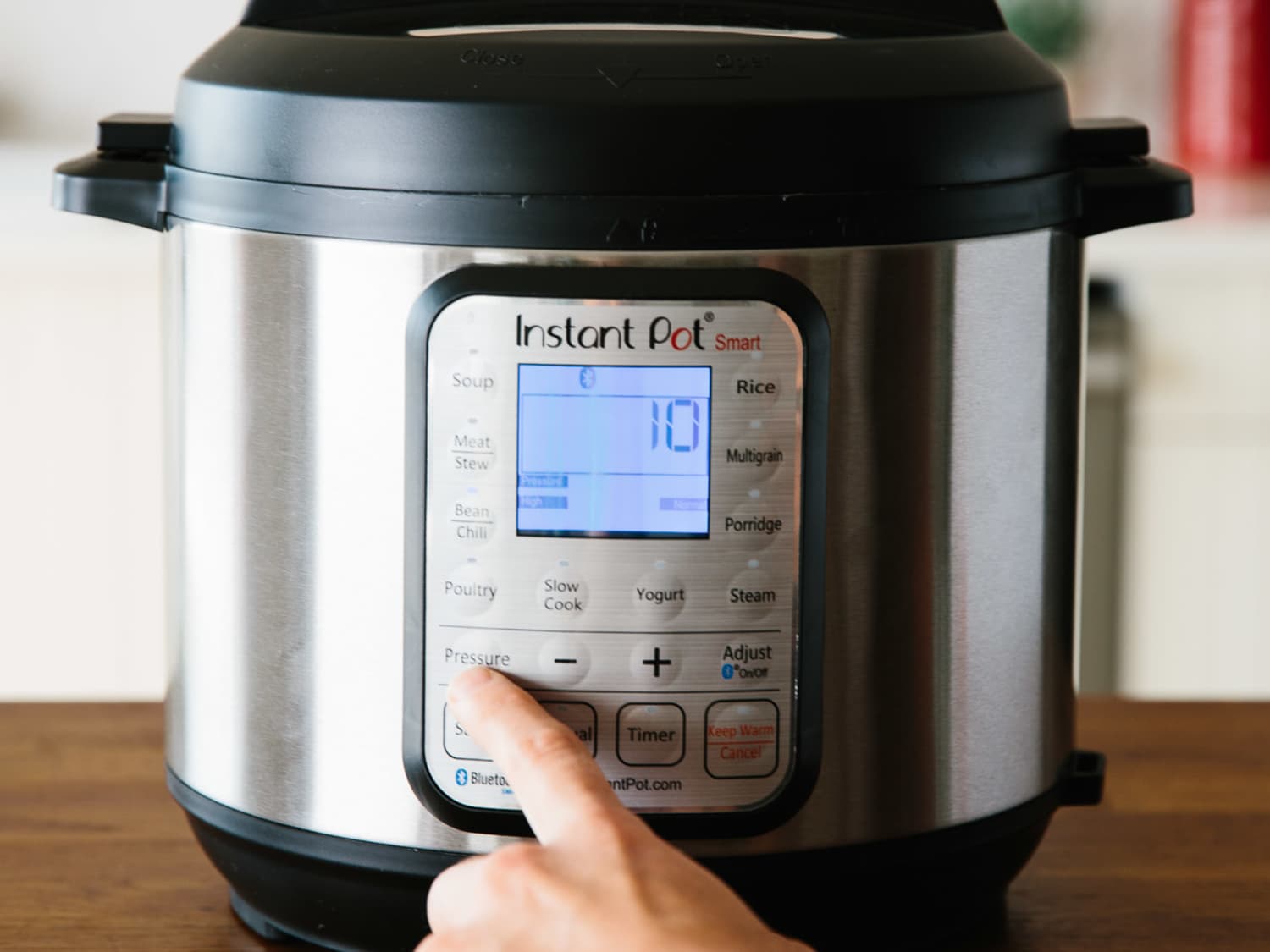

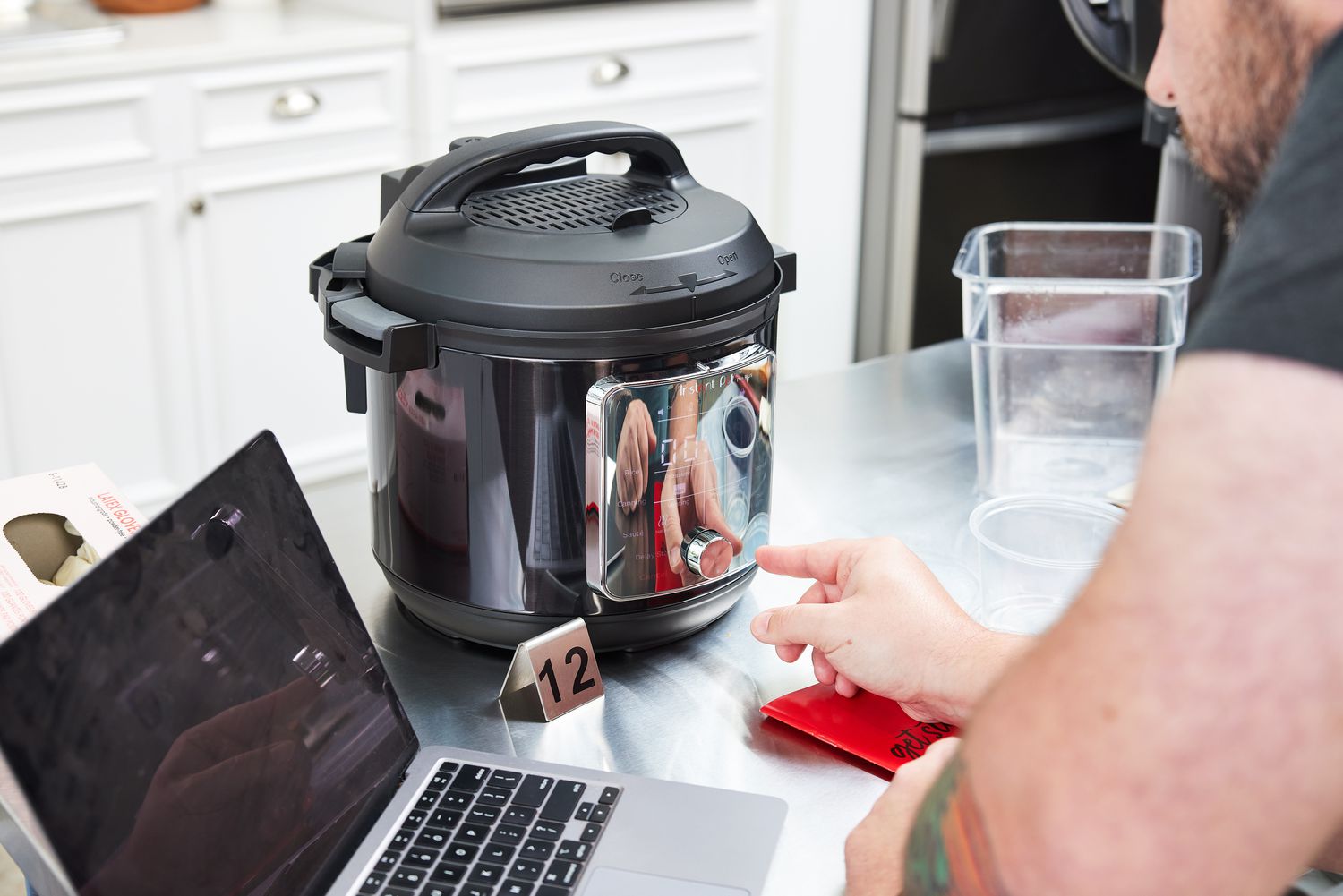
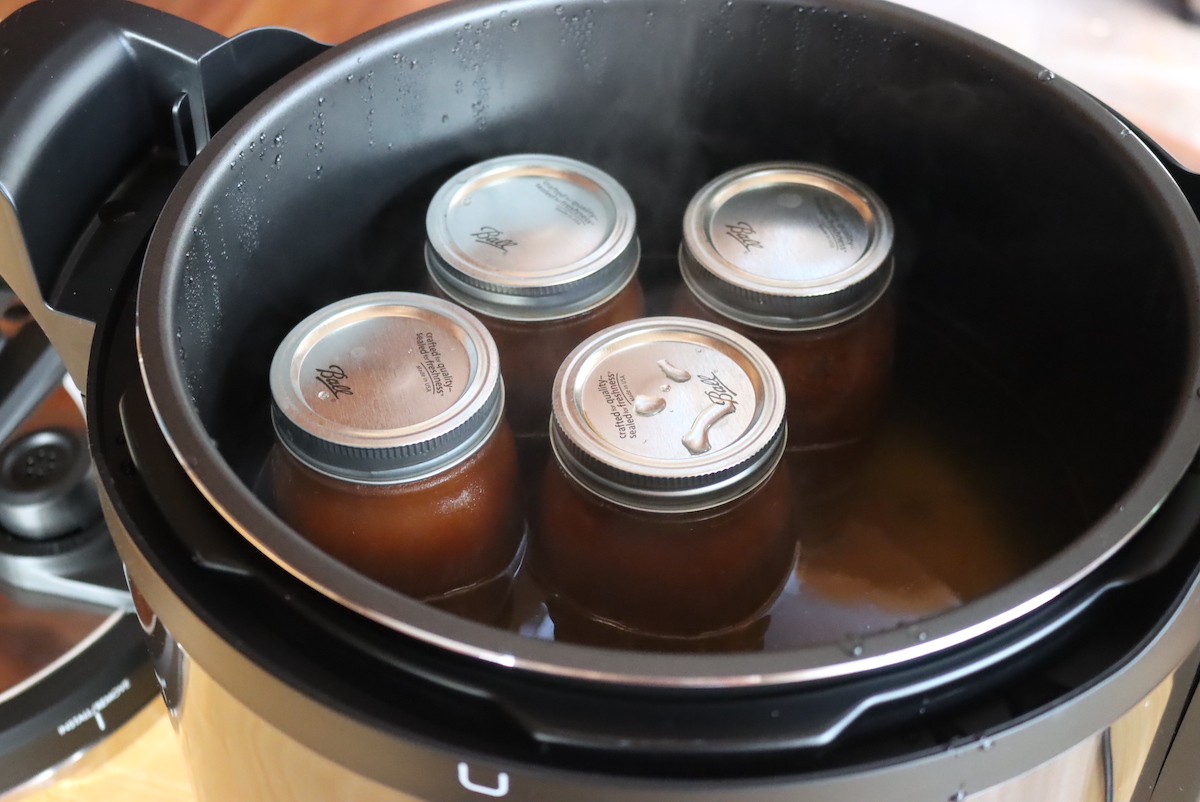

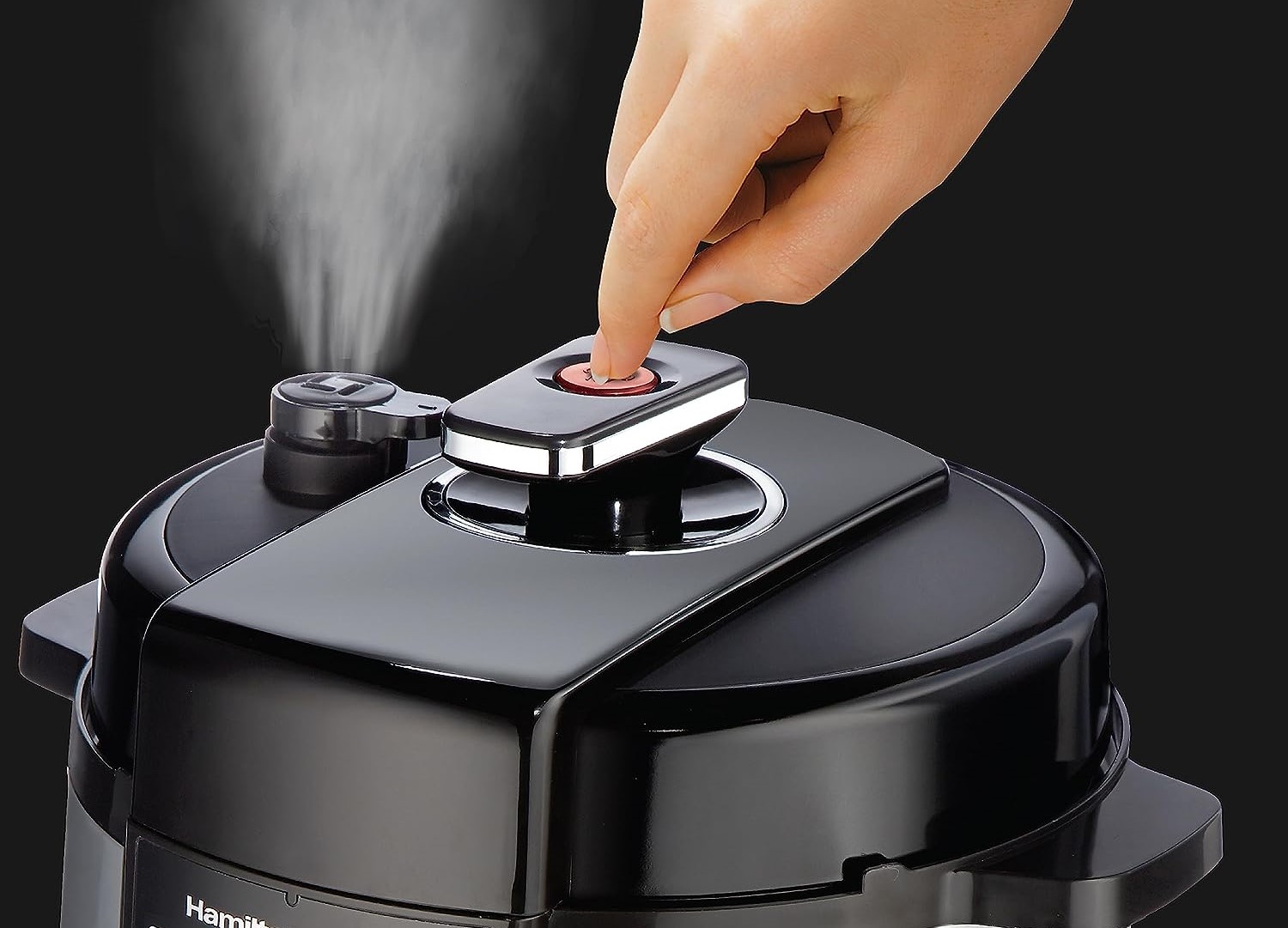
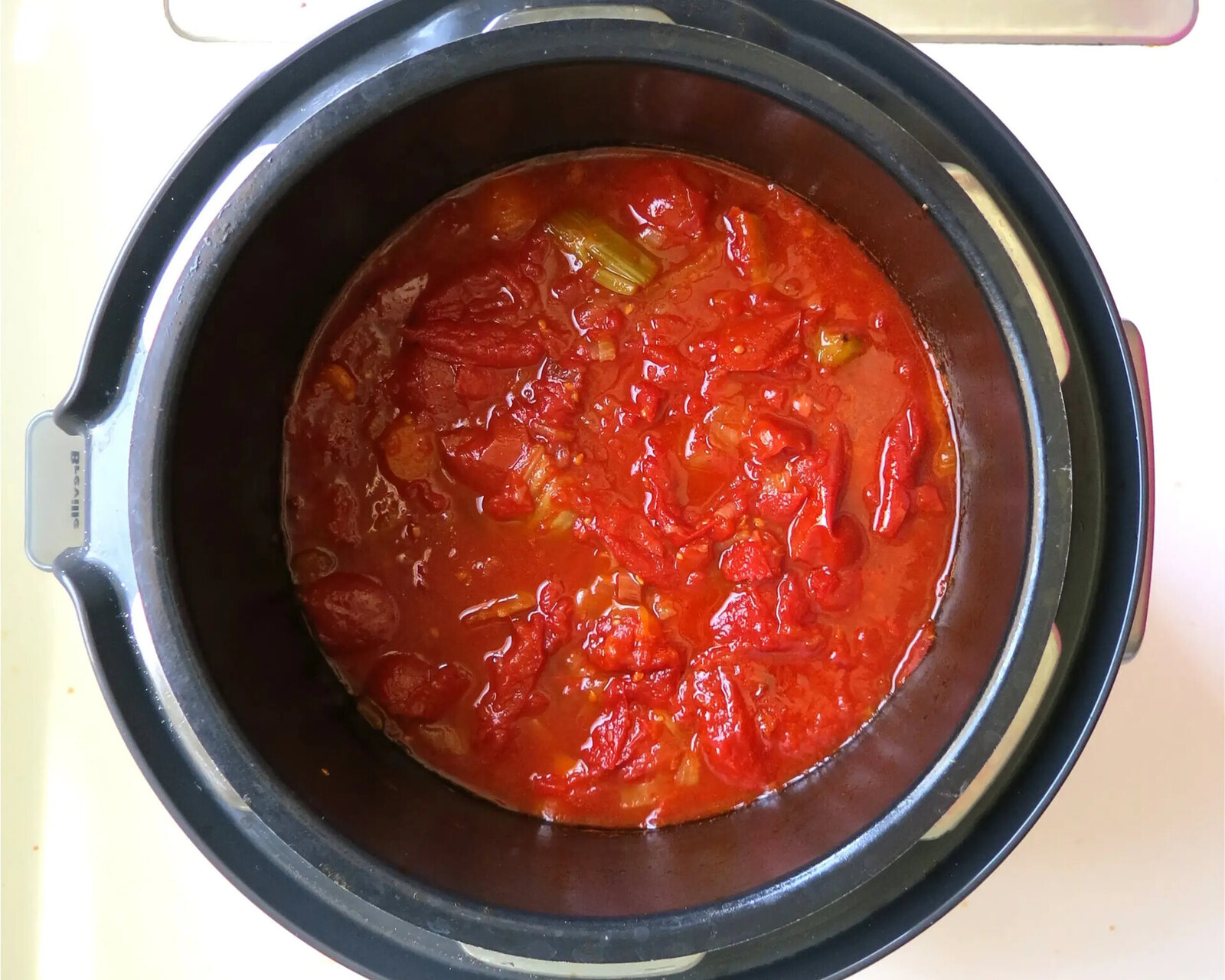
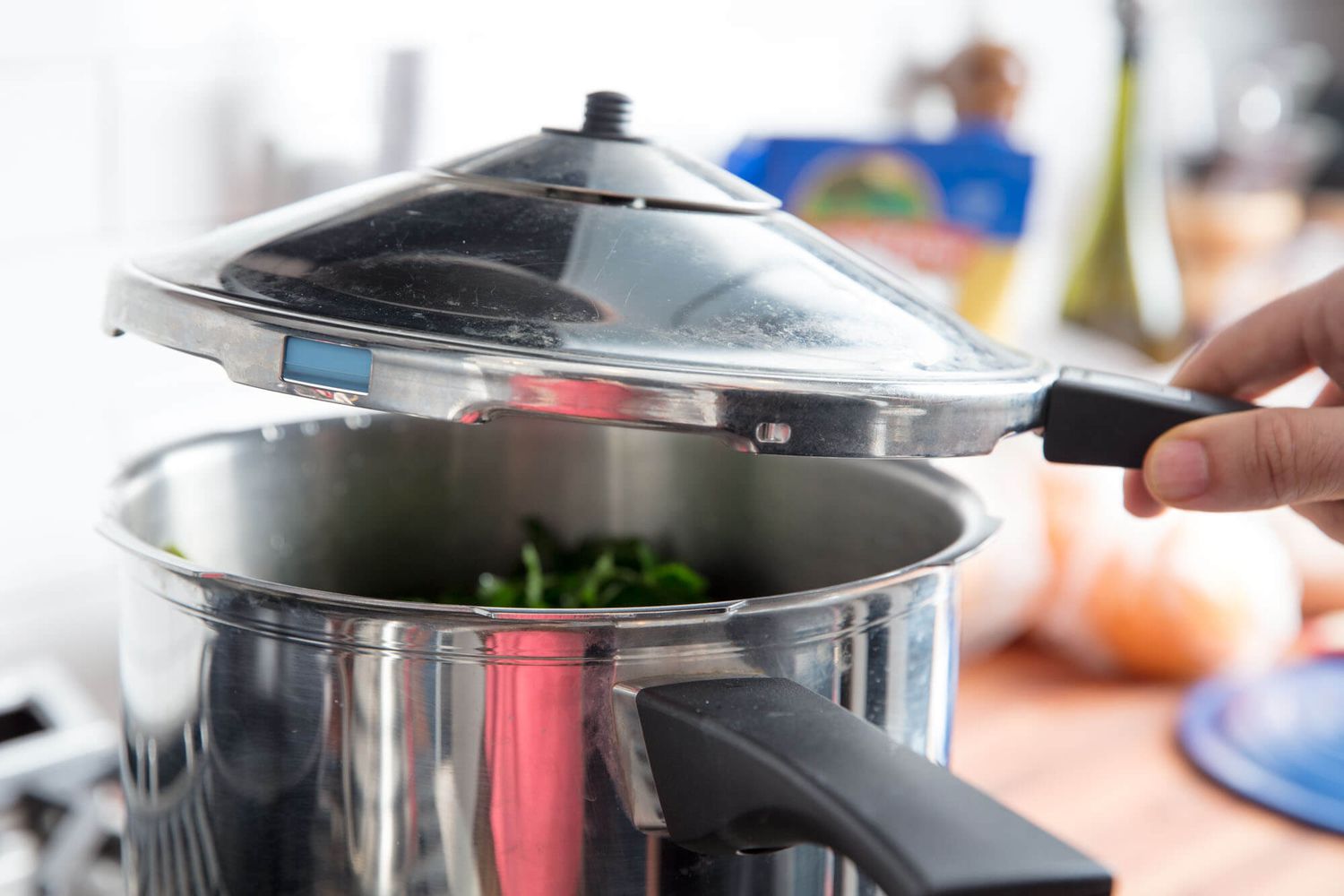
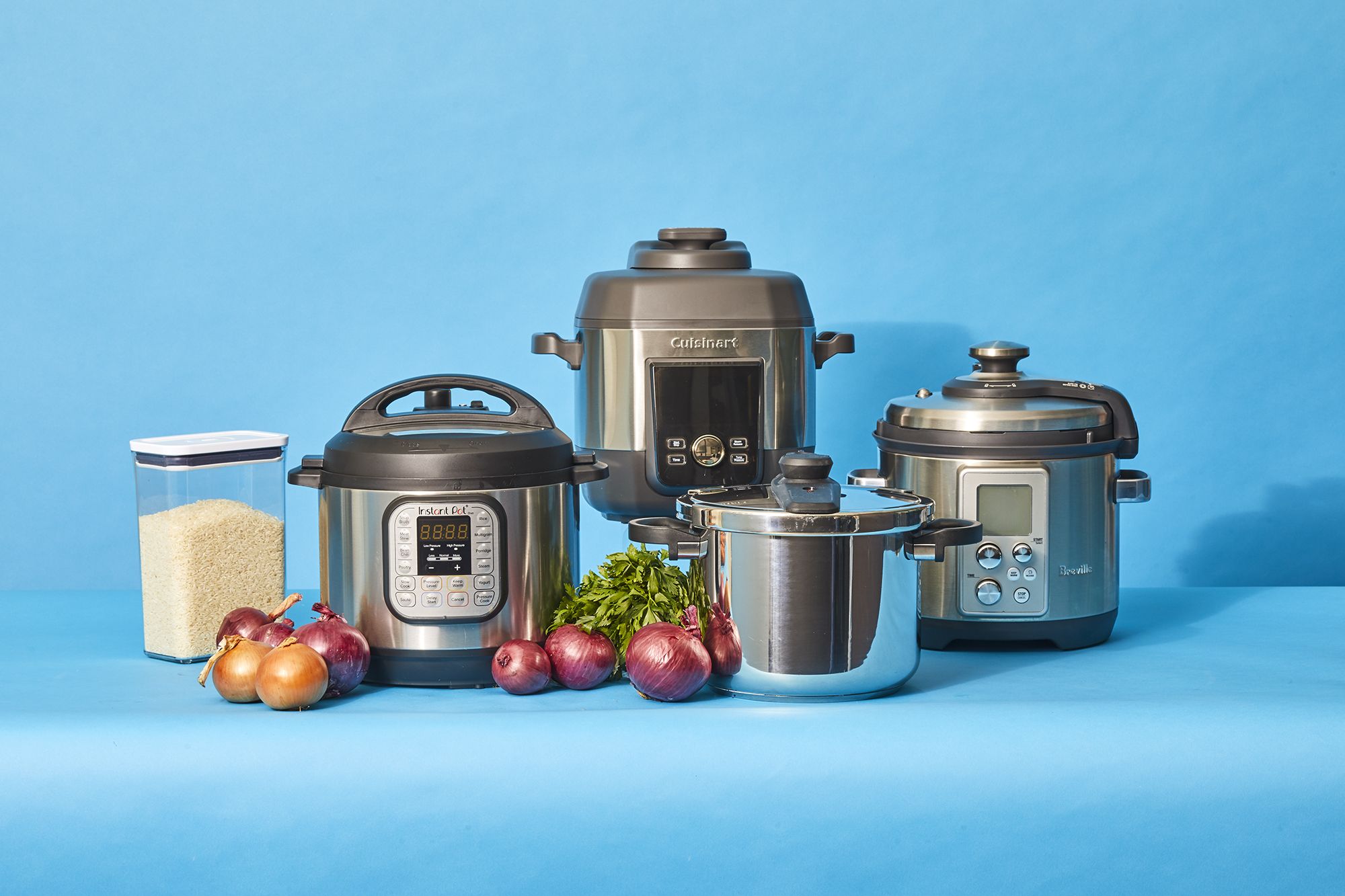
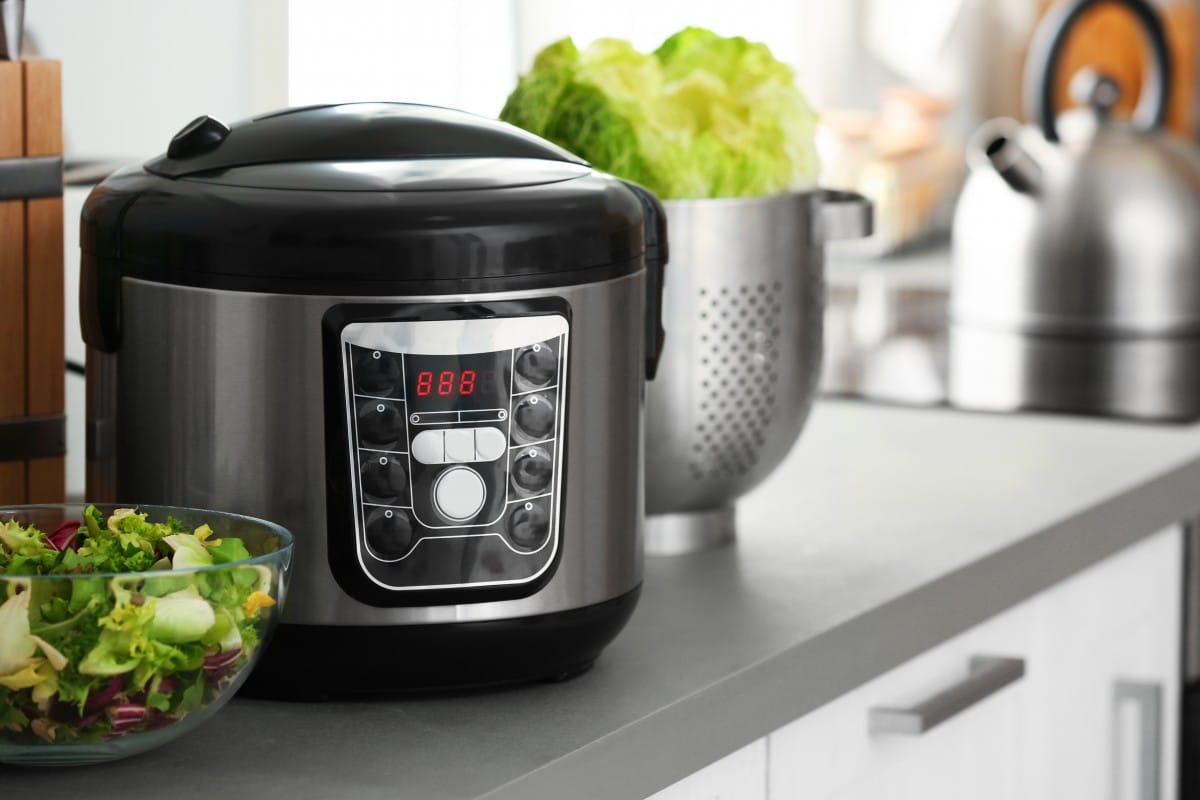
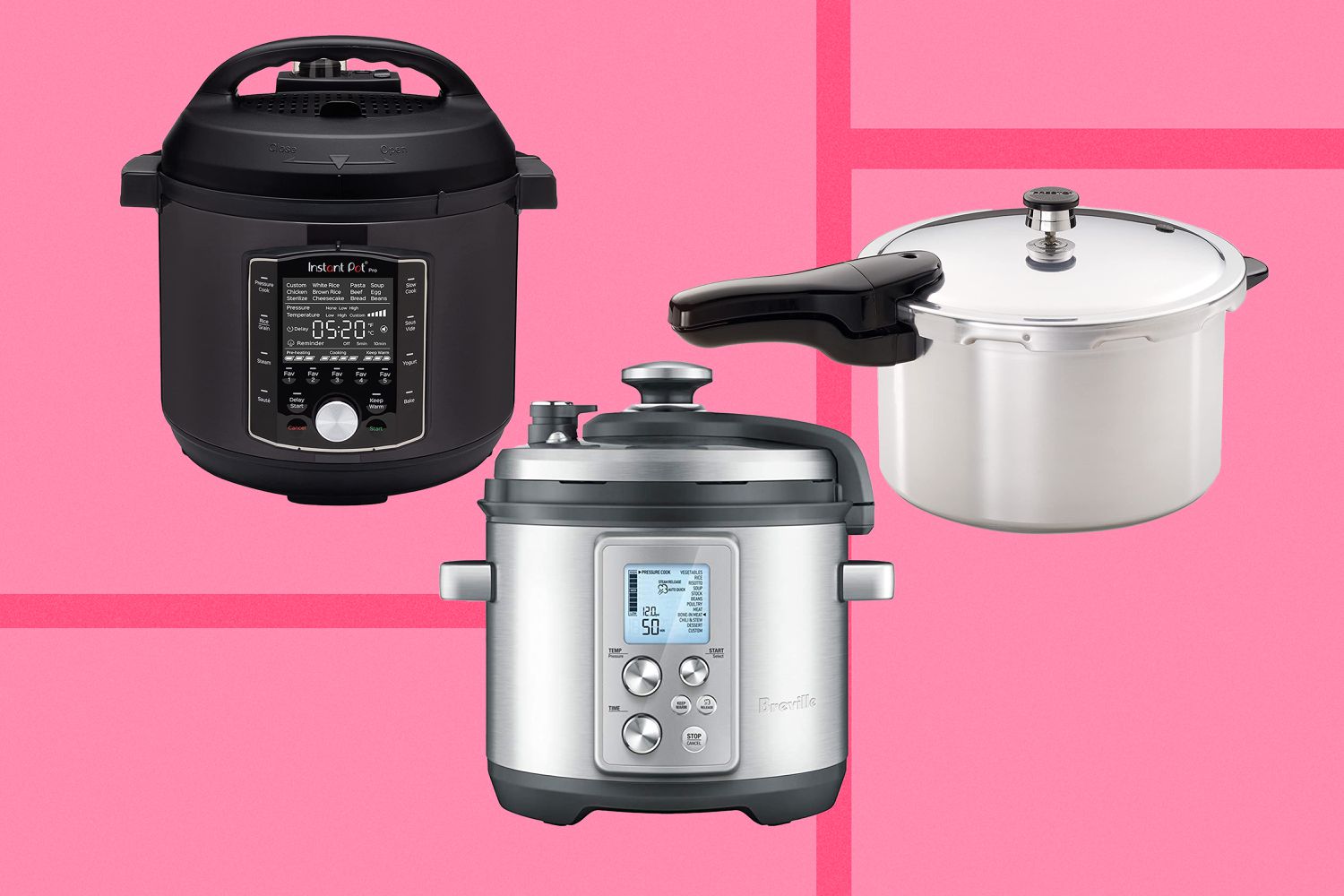
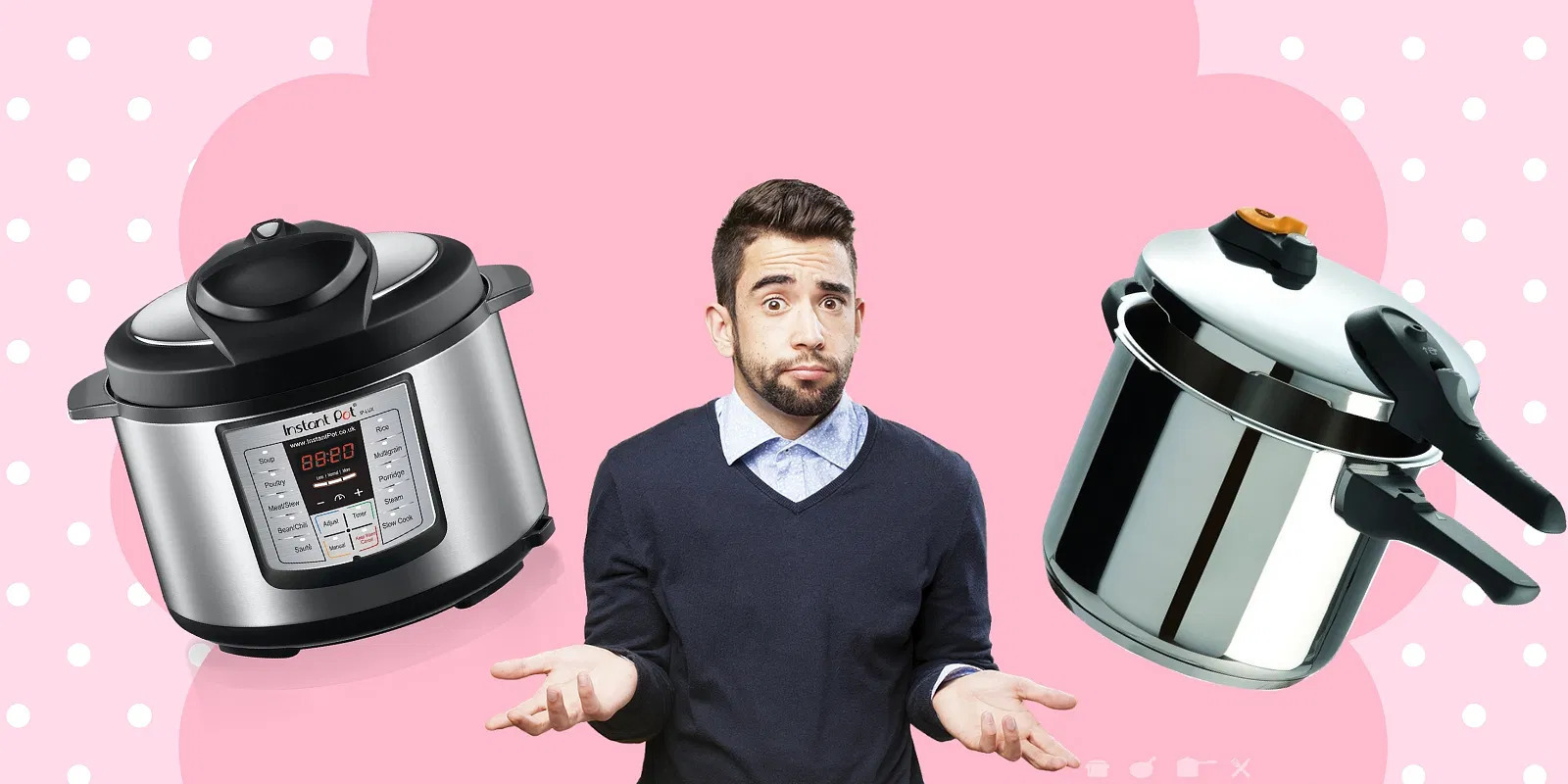
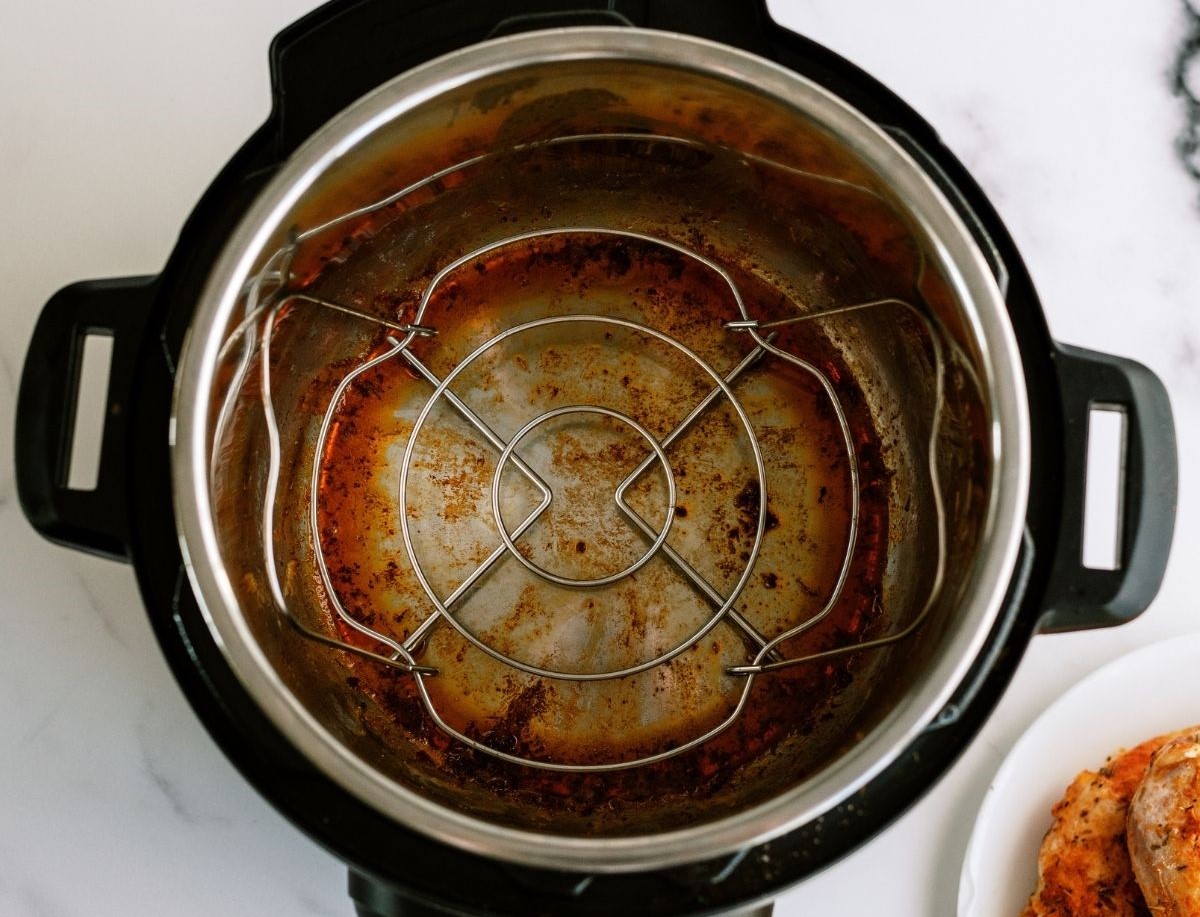
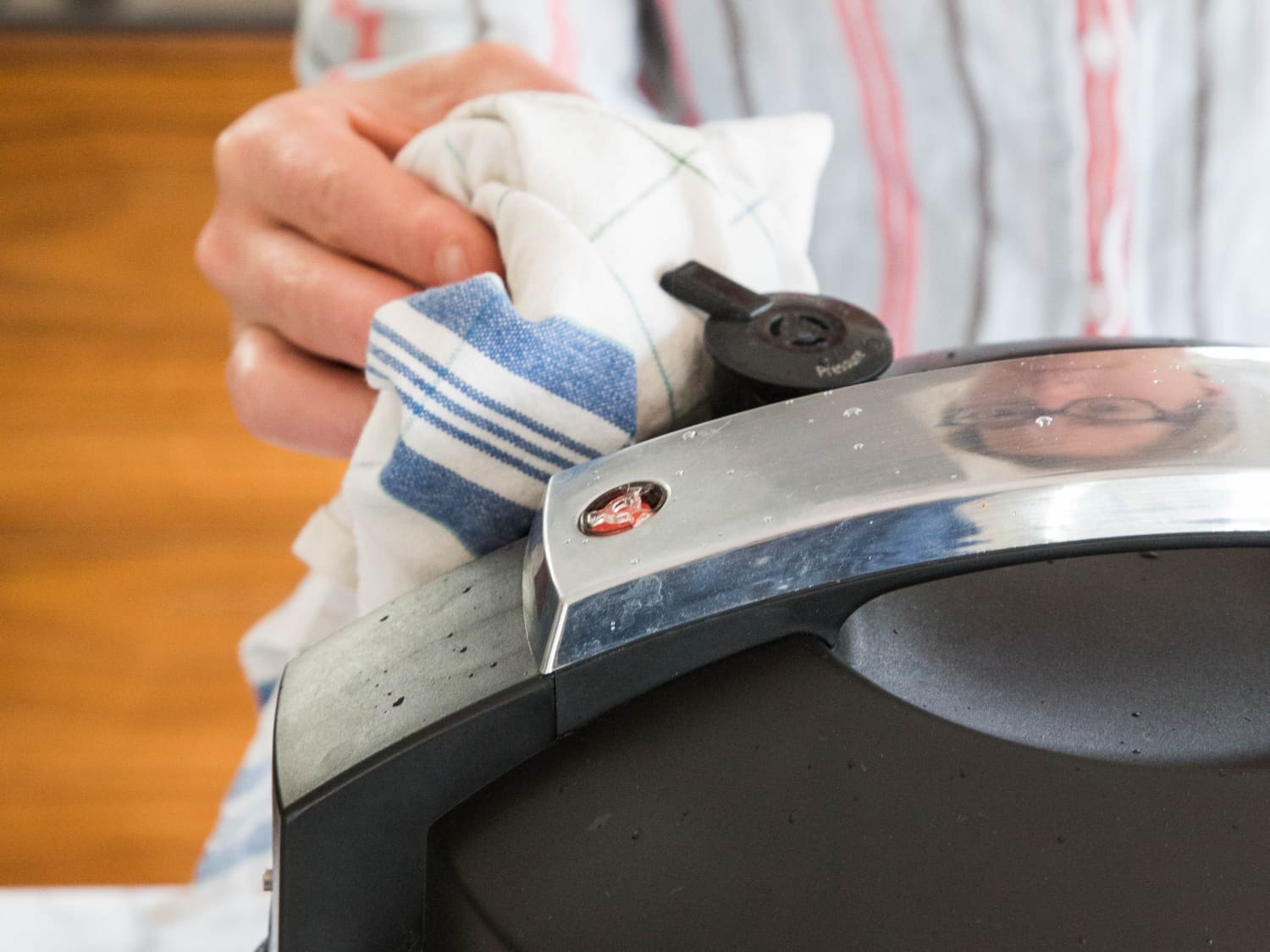

0 thoughts on “How To Tell If There Is A Good Seal On An Electric Pressure Cooker”